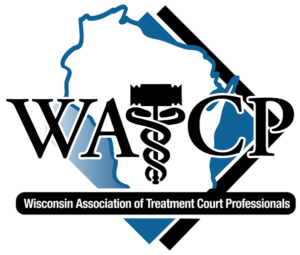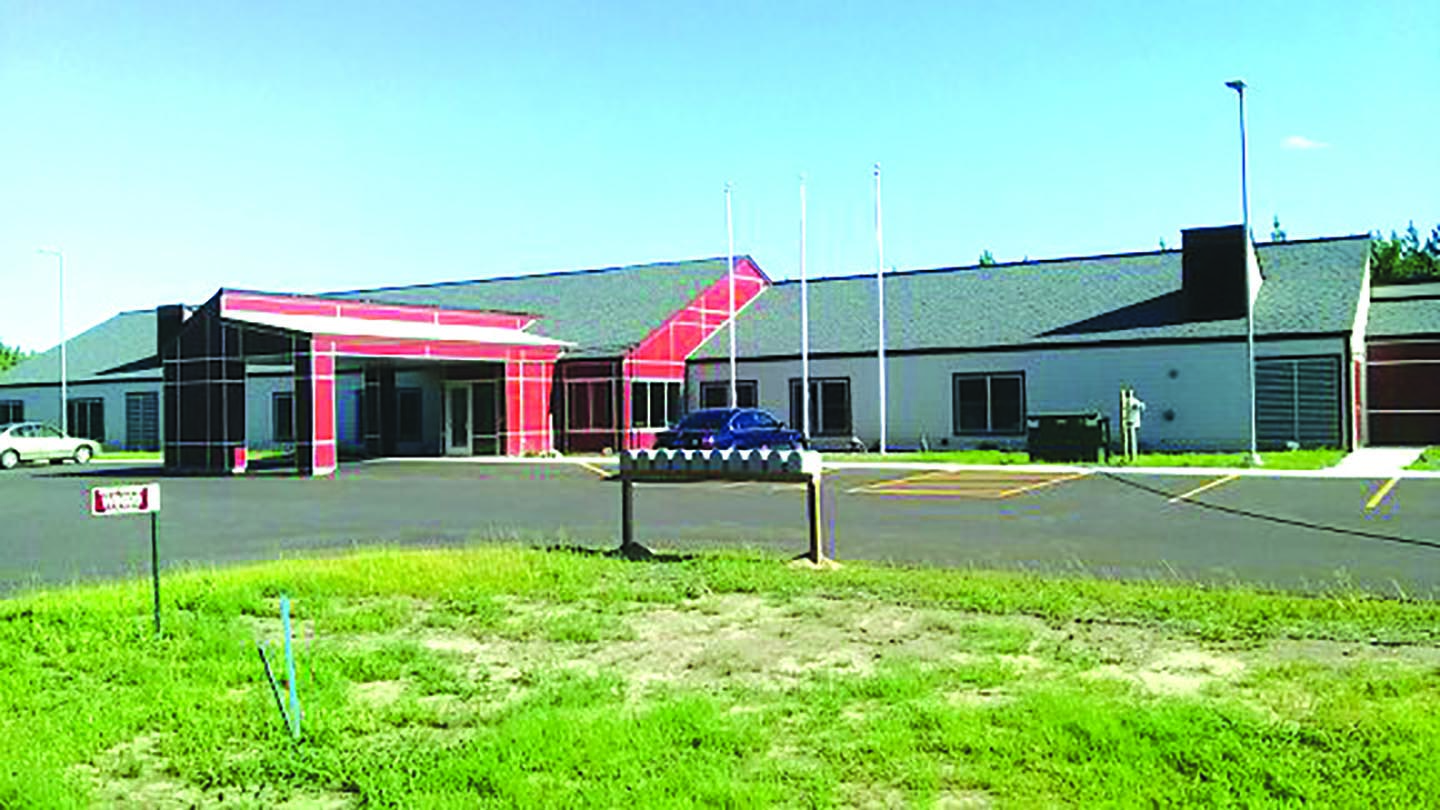Members of the Wisconsin Association of Treatment Court Professionals,
Across the State of Wisconsin, jail and prison populations are rising at astounding rates. While specialty courts work tirelessly to advocate a reduction in the use of prisons and jails, progress has been uneven. The overrepresentation of Black people in Wisconsin jails and prisons is well documented. Accounting for only seven percent of the state’s residents, Black people make up 29% of the people in our jails and 41% of the people in our prisons. Native American people are incarcerated at 6.8 times the rate of white people in both state jails and prisons. Latinx people represent 6% of the state’s residents, but 9% of our jail and 8% of our prison populations respectively. Incarceration rates of women have jumped a staggering 1,088% in Wisconsin jails and 897% in Wisconsin prisons since 1980. Further, despite popular belief, incarceration is not merely an urban phenomenon. In fact, on a per capita basis, the state’s most rural areas often lock up the most people in jail and send the most people to prison (Vera Institute of Justice, 2019).
As we closed the door on the 2021 Annual State Conference event hosted this spring, many big questions and musings have rumbled beneath the surface.
“Why are we still talking about this? What does equity and inclusion really have to do with Treatment Courts?”
“My County/Court has little diversity. This topic doesn’t apply to our program.”
“Conversations about race, diversity, equity, inclusion etc., feel more divisive than inclusive. How do we change this?”
So, why does equity and inclusion matter? Put quite simply because people deserve better. The capacity of restorative justice practices in addressing the emotional and relational needs of those who commit crimes, while engaging the citizenry when doing so, are key to achieving and sustaining healthy communities. This is, and was to be, the message of Dr. Fania Davis, as she addressed our members this spring. However, due to the numerous technical difficulties and interruptions of Dr. Davis’s presentation, the full, and intended context of this presentation, went missed. If you have not already done so, it is highly encouraged that you log into your membership page of the WATCP website and listen in on Dr. Davis’s recorded comments outlining the intersection of restorative justice and treatment courts (instructions outlined below). WATCP’s Board of Directors believe that an organization which prioritizes diversity, equity and inclusion creates an environment that respects and values individual difference along varying dimensions. In addition, inclusive organizations foster cultures that minimize bias and recognize and address systemic inequities, which, if unaddressed, can create disadvantage for certain individuals. For this, WATCP will keep pushing forward. There will be no U-turns.
Some of you have raised concerns about our continued focus on equity and inclusion as well as the comments of Dr. Davis. We value your comments and the comments of all members and stakeholders. Treatment courts exist because outcomes are better for participants and the community when the views of all team members are respectfully considered as the team collaborates towards a common goal. Our conversations as we pursue equity and inclusion in criminal justice system statewide are no different. These conversations are hard. However, they will, and must, continue. To make this work, everyone, all our stakeholders – judges, prosecutors, defense counsel, coordinators, treatment professionals, community supervision agents and law enforcement officers – is, and will always be, welcomed at our table.
We hear you. We see you. We need you.
Together we can empower and inspire Wisconsin specialty courts to deliver transformative justice – and together we will!
-The Wisconsin Association of Treatment Court Professionals Board of Directors
References:
Vera Institute of Justice. (2019, December). Incarceration Trends in Wisconsin. https://www.vera.org/downloads/pdfdownloads/state-incarceration-trends-wisconsin.pdf
Steps for Accessing Dr. Fania Davis’s Recorded Comments:
1. Go to https://www.watcp.org/
2. From the homepage, find the “Member Log In/Register” tab in the upper right-hand corner. Login using your member login information or click register to request an account.
3. Once logged in, scroll down to find the “Member Menu” along the right-hand side. Click “Conference Training Materials.”
4. Click “2021 Statewide Conference”.
5. Davis’s comments can be found in the first bulleted list of resources under April 28, 2021.


